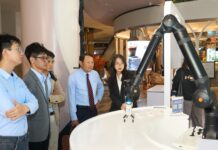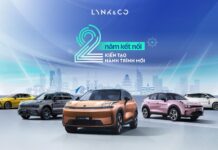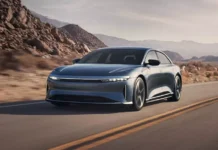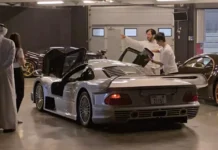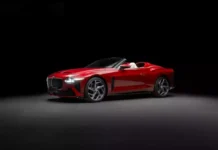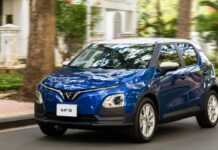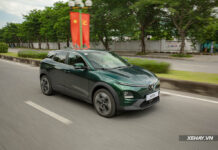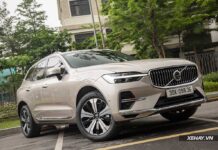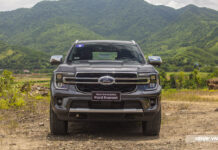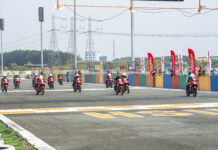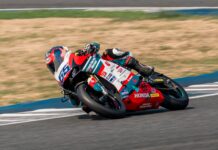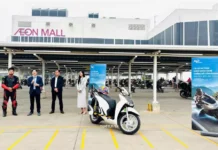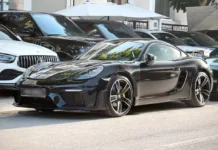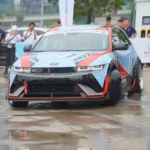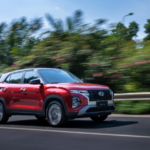
|
According to Motor1, drivers are always advised not to use their phones while driving, but many automakers are tending to equip their vehicles with large screens in the center dashboard, putting physical buttons at risk of extinction.
Amidst this trend, Hyundai’s leadership has acknowledged that relying too heavily on touchscreens can indeed make some drivers “tense, annoyed, and angry.”
Hyundai is making an effort to retain physical buttons where they are truly needed. Not every function requires a physical button, but popular and commonly used features will be assigned to hard keys.
In a conversation with Autocar, Mr. Simon Loasby, Senior Vice President of Design at Hyundai, referred to touchscreens as a distraction.
He emphasized that future Hyundai interiors will be built around a core idea: keeping the driver’s eyes focused on the road.
“Touchscreens are nothing but a distraction. With muscle memory, drivers will be able to set and adjust settings with physical buttons without taking their eyes off the road,” shared Simon Loasby.
Hyundai’s design director, Luc Donckerwolke, indirectly acknowledged that infotainment screens are a cost-cutting tool for the automaker.
|
|
“Modern infotainment based on supersized screens is ideal because it saves a lot of production costs by only requiring one screen. However, users still have a soft spot for physical interactions, so the solution is to find a balance between physical buttons and large screens,” shared Luc Donckerwolke.
Despite Luc Donckerwolke’s optimism about the automotive industry reducing touchscreen sizes and bringing back physical buttons, Hyundai’s latest move shows a contrast.
Recently, Hyundai unveiled its Pleos platform, indicating that the company will utilize a large, Tesla-style screen in the center of the dashboard.
|
|
Below this screen is a row of physical buttons, implying that some hard-key features are still in the plans of the South Korean automaker.
The Pleos infotainment system is likely to appear on Hyundai models running the Android Automotive operating system from Q2 2026.
The South Korean automaker expects the Pleos system to be featured in 20 million vehicles by 2030.
Recommended Reads for Your Journey
Our Cars section offers a diverse range of engaging book titles to accompany you on your travels. Whether you’re on a short commute or a long road trip, these books will keep you entertained and enlightened.
The Most Powerful Electric Car from Hyundai Arrives in Vietnam, But Not for Sales
The Ioniq 5 N, a highly anticipated vehicle, made its debut in Vietnam at the Hyundai Experience Day 2024. This exclusive event offered a unique opportunity for automotive enthusiasts to catch a glimpse of the future of mobility. With its sleek design and innovative features, the Ioniq 5 N promises an exhilarating driving experience, showcasing Hyundai’s commitment to delivering cutting-edge technology and exceptional performance.


